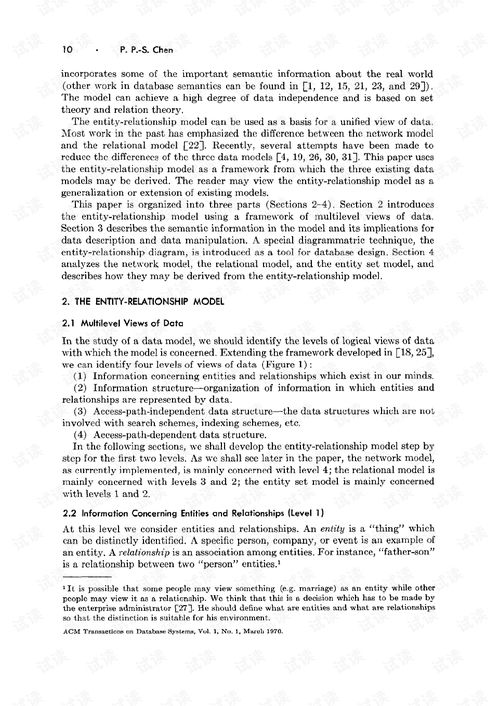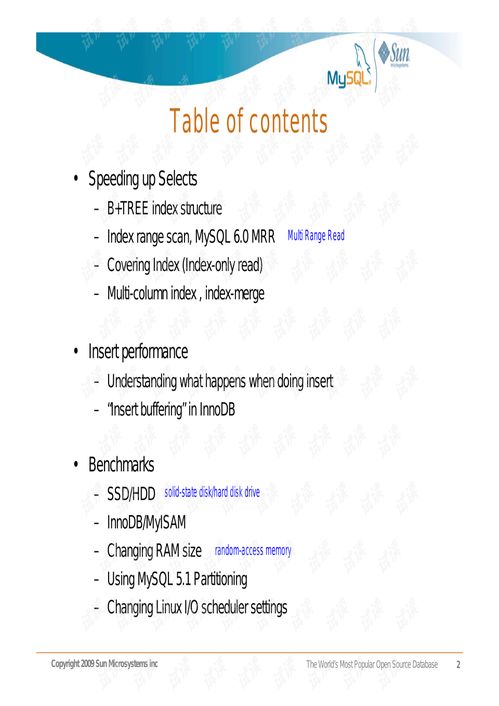Introduction: Fishing enthusiasts often seek the perfect bait to lure in their catch, and earthworms have long been a favorite among anglers for their effectiveness. However, catching these wriggly creatures can sometimes be a challenge. In this article, we'll delve into the art of catching earthworms for fishing, providing you with a detailed guide complete with illustrations to help you master this essential skill.
Section 1: Understanding Earthworms Before we dive into the technique, it's important to understand the behavior and habitat of earthworms. Earthworms are soil-dwelling invertebrates that play a crucial role in the ecosystem by breaking down organic matter and enriching the soil. They are found in various types of soil, but are most commonly found in moist, well-drained areas.
Section 2: Choosing the Right Location To catch earthworms, you need to know where to look. Here are some tips to help you find the perfect spot:
- Early Morning or Evening: Earthworms are most active during cooler temperatures, so the best time to look for them is early in the morning or in the evening.
- Moist Areas: Look for areas that are moist but not waterlogged. These can include garden beds, compost piles, or forest floors.
- Shady Spots: Earthworms prefer shaded areas to avoid direct sunlight and heat.
Section 3: Tools and Equipment To make your earthworm hunting more efficient, here's a list of tools and equipment you might need:
- A Shovel or Trowel: To dig into the soil.
- A Container: To store your caught earthworms.
- A Bucket of Water: To keep the earthworms moist.
- A Net or Baggie: To catch the earthworms without damaging them.
Section 4: The Earthworm Catching Technique Now that you know where to look and have the necessary tools, let's go through the step-by-step process of catching earthworms:
- Digging: Start by gently digging into the soil at a 45-degree angle. Use your shovel or trowel to create a small hole and then move it forward to expose a larger area.
- Searching: Look for earthworms in the exposed soil. They will often be found in the top 6-8 inches of the soil.
- Collection: Once you spot an earthworm, carefully use your net or baggie to scoop it up. Be gentle to avoid damaging the earthworm.
- Storage: Place the caught earthworms in your container, and add a small amount of soil to help keep them moist. If you're not using them immediately, you can store them in a bucket of water with a lid.
Section 5: Illustrations for Visual Guidance To help you visualize the process, here are some step-by-step illustrations:
[Insert Illustration 1: Digging into the soil at a 45-degree angle]

[Insert Illustration 2: Searching for earthworms in the exposed soil]
[Insert Illustration 3: Using a net to catch an earthworm]
[Insert Illustration 4: Placing the earthworm in the container with a small amount of soil]
Section 6: Tips for Successful Earthworm Catching Here are some additional tips to improve your earthworm catching success:
- Be Patient: Earthworms are not easy to catch, so patience is key. Take your time and be methodical in your search.
- Check Multiple Locations: Don't limit yourself to one spot. Earthworms can be found in various areas, so explore different locations.
- Time of Year: Earthworms are most abundant during the spring and fall months. These are the best times to catch them.
- Weather Conditions: Avoid catching earthworms during extremely hot or rainy weather, as these conditions can stress the worms.
Conclusion: Catching earthworms for fishing can be a rewarding and enjoyable activity. By following these steps and tips, you'll be well on your way to becoming an expert earthworm hunter. Remember, the more earthworms you catch, the better your chances of catching fish, so get out there and start practicing your earthworm catching skills today!












